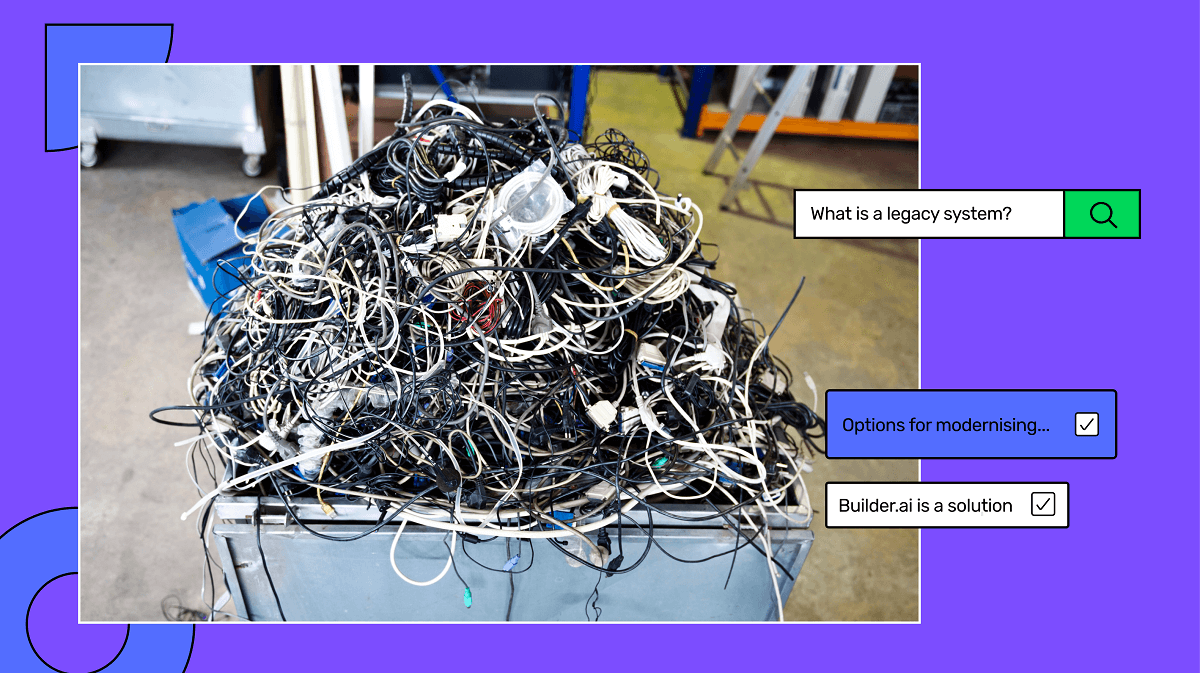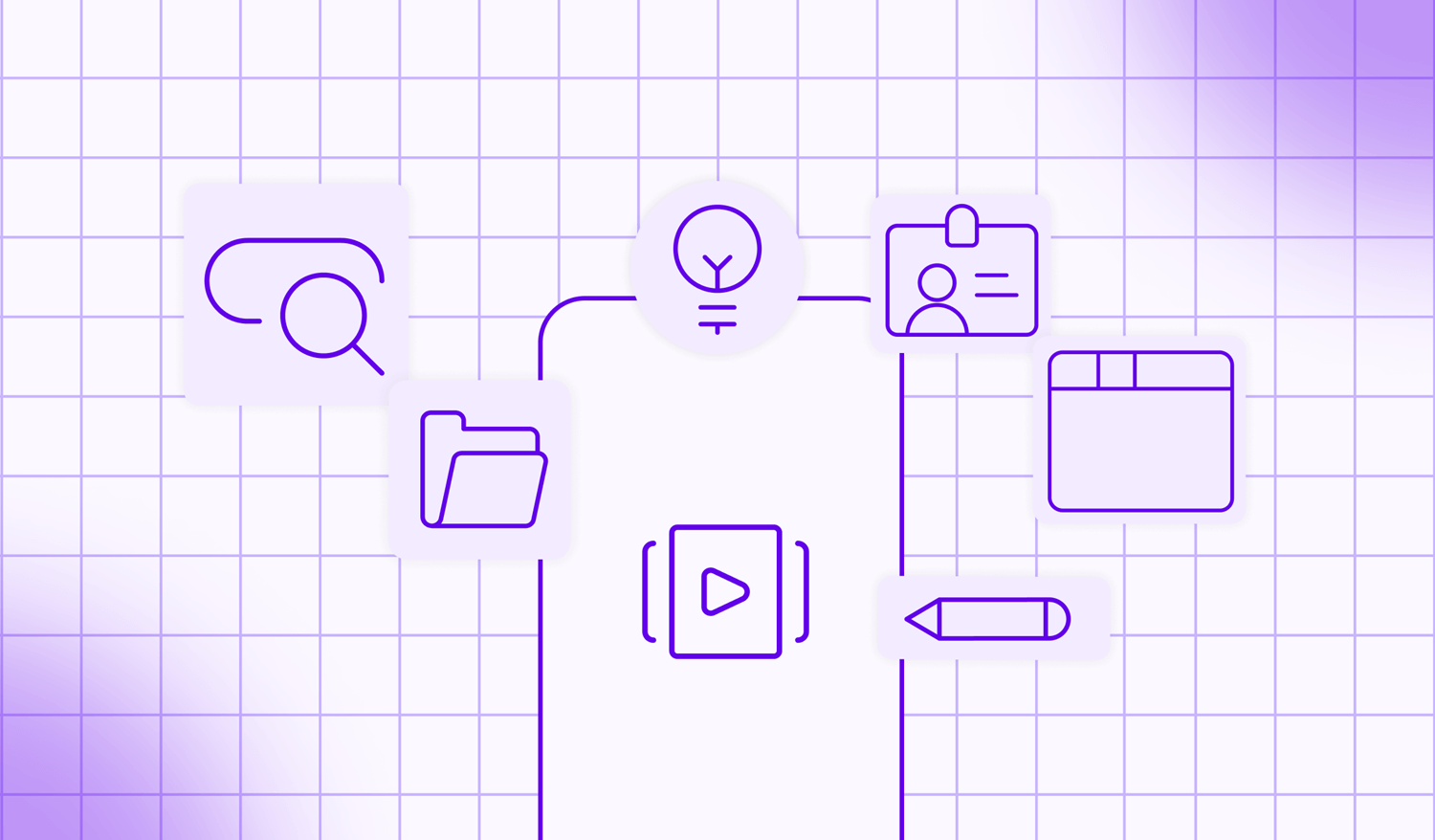Every day, more companies undergo digital transformation in order to improve productivity and create more efficiencies within their organisations. For many companies with huge growth potential, their reliance on outdated legacy systems is holding them back from fully modernising.
What is a legacy system? Why are they still everywhere?
A legacy system is any old application or system that is still in use by a company, despite being out-of-date or having reached end-of-life. While the system may still function in doing its core job, it requires a lot of complex upkeep, preventing your company from being able to grow.
So, why are legacy systems still used? There are a number of reasons why a company may want to hold onto legacy software, but all of them ultimately boil down to the fact that they are difficult to replace. A company may have projects that are still stored on the original software and it can be quite the task to migrate all of that data. Replacing legacy software requires a lot of time, money, and energy - causing companies to put it off.
Legacy systems vs modern systems
While replacing a legacy system can be a headache, the nuisances involved with maintaining them are far worse. The disadvantages of sticking with legacy systems include:
- High maintenance costs. Merely keeping a legacy system up and running requires lots of maintenance from employees who are familiar with the outdated technology. Because this technology is sometimes obsolete, it can be difficult to find employees equipped with the skills to maintain the system.
- Weak security.As technology advances, security does, too. Legacy systems tend to have a lack of security which puts you at a disadvantage in a world where cyberattacks are becoming more common.
- Compliance regulations. Companies are required to comply with the rules and regulations of the country or region they’re operating in. These regulations rarely take outdated technology into account, making it difficult for your company to remain compliant.
What are the options for modernising?
So, you’ve decided you want to modernise your legacy systems - fantastic! The benefits of modernising legacy software are broad, from improving ease of use for employees to strengthening your security. Now let’s get into some of the methods available for modernisation.
Expand your legacy system
One of the easiest ways to modernise your legacy system is through expansion. Expansion is a good option for legacy systems that still perform reasonably well and may only need some minor tweaks to improve their functionality. You can expand a legacy system by using APIs and integrating with new tools. APIs (application programming interfaces) are like an intermediary, communicating between products or systems. APIs allow you to abstract away core data and functionalities from the legacy system to be used by a new application or service. This is a great way to reuse the components of the original system and extend its functionality.
Migrate your legacy system
Another option for modernisation is migration. Migration involves moving legacy data from the old system to a more modern application, such as a cloud-based service. This is referred to as a lift-and-shift migration, meaning that systems are moved into the cloud with minimal changes to the original design. The data is “lifted” from the old system and “shifted” to a cloud environment. While migration works to cut cost and improve security, not all legacy software is eligible for migration to the cloud. This method can also be incredibly time-consuming and can disrupt your work, causing a loss in productivity.
Replace your legacy system
In the event that your legacy system has had a total breakdown and is actively causing impediment to operations, replacement of the system in favour of a more efficient one may be necessary. Replacing legacy systems is not for the weak - it can take a lot of time, money, and will inevitably cause a disruption within your company. If your team is small, or you have limited internal resources, replacement is not recommended.
However, if your legacy system is completely dysfunctional, replacement may be your only option. While replacement a massive undertaking, it will benefit your company in the long run. With a new system, you will be able to onboard new applications quickly, expand your system operations, cut down on maintenance costs, and improve productivity for your team members.
Modernise your systems today with Builder.ai
The final option for modernising your legacy system is utilising a platform like Builder.ai. Builder.ai provides you with the option to easily build simple applications that are connected to existing systems and databases, like a legacy system. Builder.ai is a solution for anyone looking to expand, migrate, or replace the legacy system altogether - and can get it done quickly. Builder.ai also offers transparent timing and pricing, access to expertise, and fully customisable solutions, ensuring you have the best possible application for your business.
Dealing with legacy systems is a hassle. There are many downsides of keeping a legacy system running - the cost of maintenance is high, they’re not flexible when it comes to integrating with new applications, they function poorly, and often won’t support your company’s growing needs. Modernising your legacy systems is one of the best possible things you can do to bolster your company’s security, save time and money on maintenance, and increase enthusiasm amongst your employees.
Want to start your app project with us?
Book a demoSpeak with one of our product experts today.
By proceeding you agree to Builder.ai’s privacy policy and terms and conditions

Ready to kick that legacy system to the curb? Book your demo with Builder.ai today to explore the options available for upgrading your legacy system - allowing you to focus on the growth of your business.
Neetu Mogha is a Tech Lead at Builder.ai where she applies 10+ years of management experience to guide the software development team. Neetu has a BTech in Computer Science from Hemchandracharya North Gujarat University.












 Facebook
Facebook X
X LinkedIn
LinkedIn YouTube
YouTube Instagram
Instagram RSS
RSS


